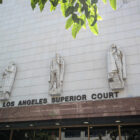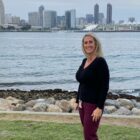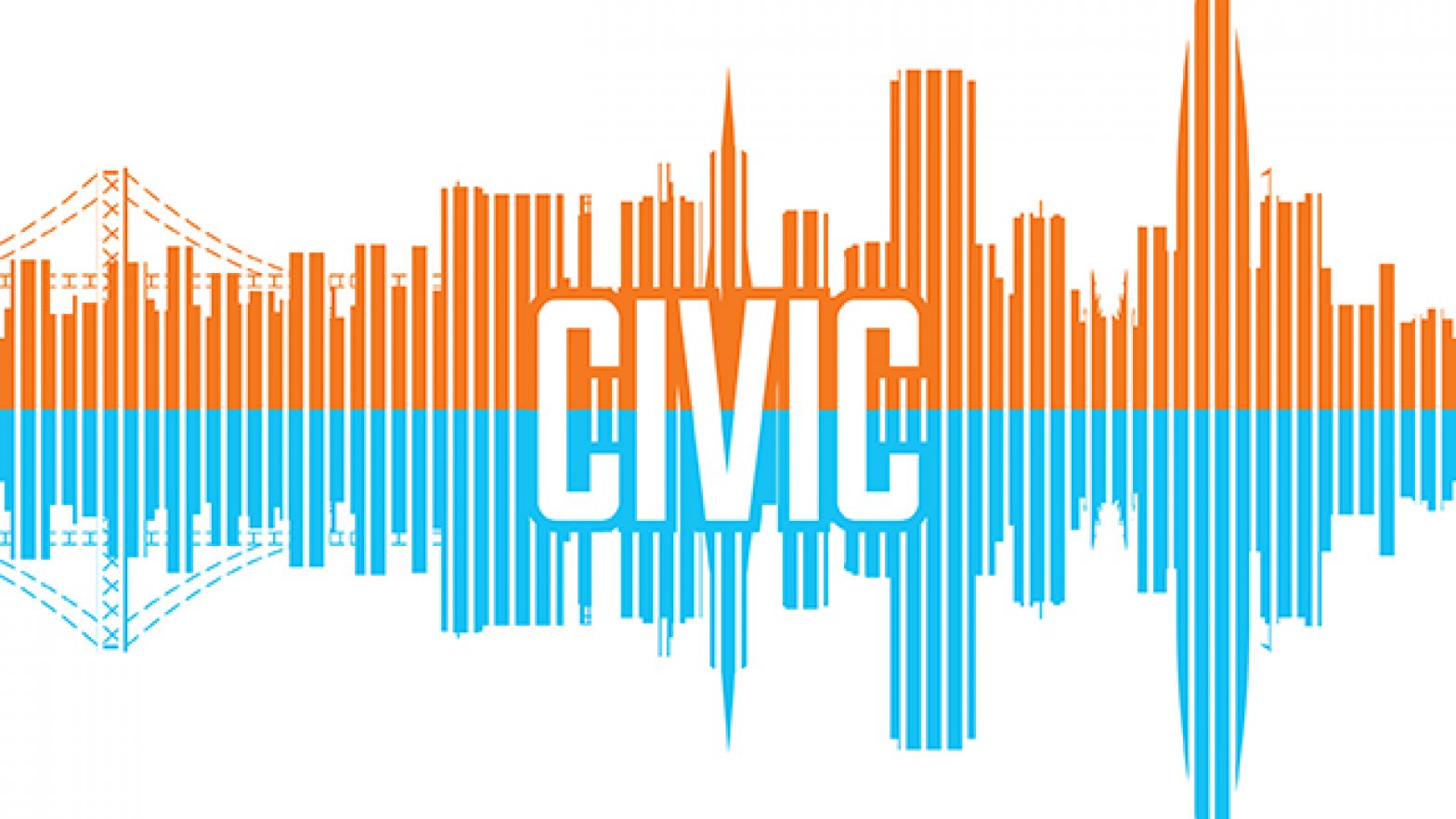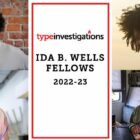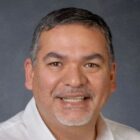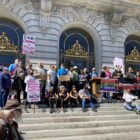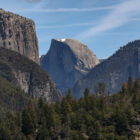The San Francisco Public Press, an independent nonprofit news organization producing digital, print and audio journalism, seeks a full-time host and reporter for “Civic,” its flagship weekly news and public affairs podcast and radio show airing on KSFP-LP 102.5 FM in San Francisco. This is an opportunity to work with an organization dedicated to publishing and broadcasting reliable, relevant and professionally produced investigative reporting and community journalism for diverse and often under-served communities in San Francisco and the greater Bay Area.
We are looking for a high-energy audio journalist who believes in our public-service journalism mission and shares our desire to improve the lives of people in our region.
We offer a collaborative and supportive newsroom, opportunities for professional development and a creative environment where you will be encouraged to design and tackle bold, ambitious projects.
The San Francisco Public Press is committed to diversity, equity, inclusion and belonging within our organization, and through our journalism and community engagement. We believe in supporting a culture of trust between our organization and the communities we serve. We seek to hire colleagues who are committed to these values. Our new host and reporter will get to shape “Civic,” which launched in 2019, with support from our audio team and the newsroom at large.
